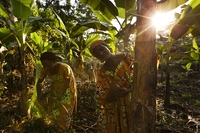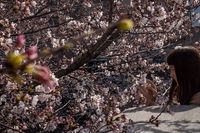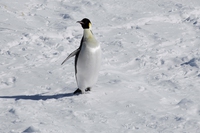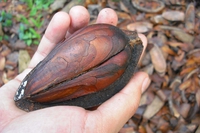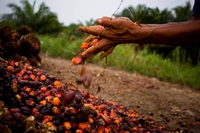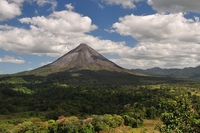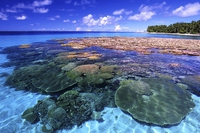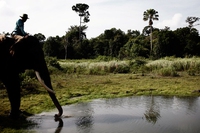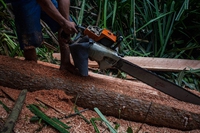
Cutting down rainforests is 100 times more expensive than protecting them
Between 2009 and 2012 Brazil and Indonesia were given 346 million dollars by the U.N. – mostly from Norway and Germany – to preserve rainforests. But this good piece of news is completely omitted in the report written by the Overseas Development Institute (ODI), according to which in the same period those countries have spent
